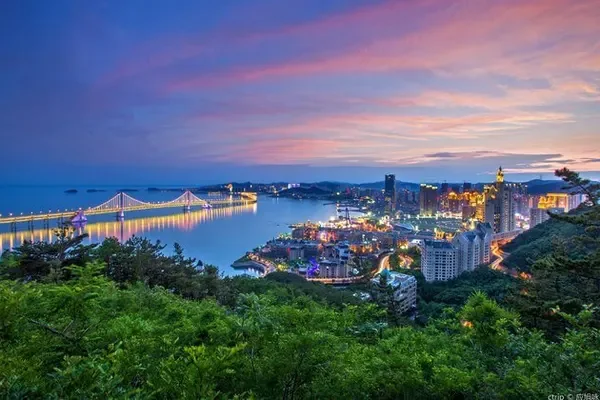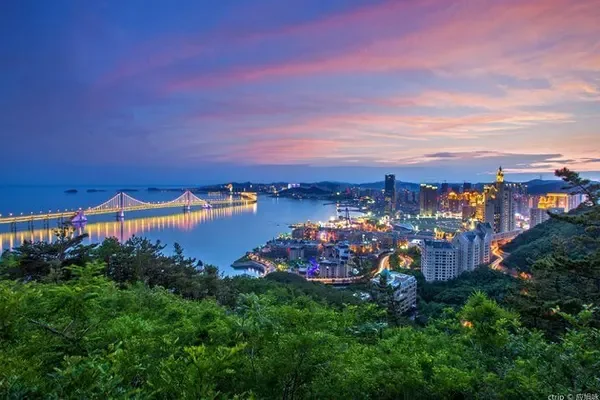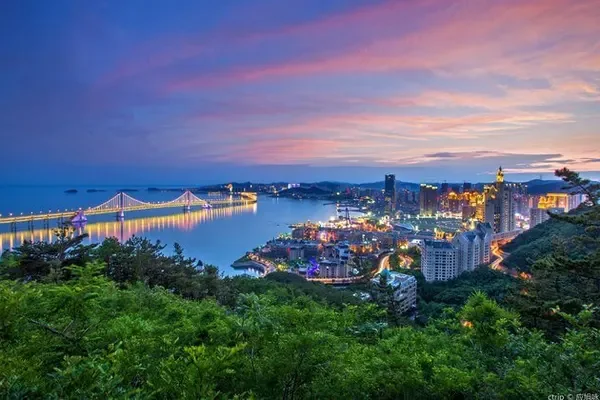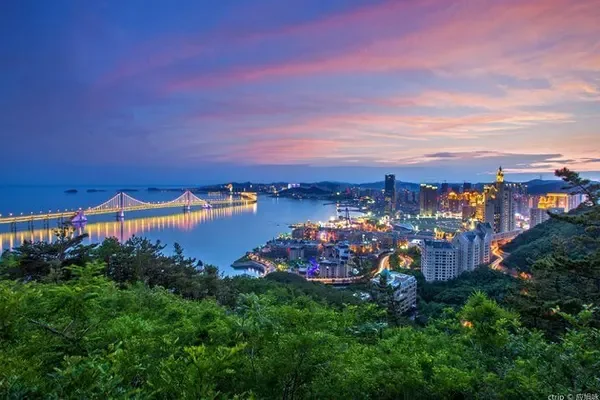In June, I went to Yuncheng and Linfen in southwestern Shanxi. I got off at Yuncheng Airport. According to the travel plan, I took a taxi to the high-speed rail station and went to Yongji City's Guanque Tower, which is known as one of the four famous historical and cultural buildings in China. There are three famous scenic spots near the Guanque Tower. In addition to the Guanque Tower, there are also the Yellow River Iron Bull and Pujiu Temple. The transportation to these scenic spots is not very convenient. There are more than 80 kilometers from Yuncheng Airport to Yongji City. It takes more than 70 kilometers from Yuncheng North Station to Yongji North Station, and 36 kilometers from Yongji North Station to Guanque Tower. It takes a lot of time to take a bullet train and then a passenger car. The taxi driver on the way to the high-speed rail station said that he would charter a car. We bargained for 400 yuan, and finally bargained to 300 yuan. The toll fee is 40 yuan and the parking fee is 5 yuan. I'm going to stay in Yongji City. Although it costs a little more money, it's worth saving time.

The Guanque Tower is located in Puzhou Town, Yongji City, Shanxi Province, the "Yellow River Golden Triangle" area where Qin, Shanxi and Henan provinces meet. Together with the Yellow Crane Tower in Wuhan, Yueyang Tower in Yueyang, and Tengwang Pavilion in Nanchang, it is the four famous historical and cultural buildings in China. The Guanque Tower, known as the Guanque Tower in ancient times, got its name because storks and magpies lived on it from time to time. Its former site is on the bank of the Yellow River in the southwest of the ancient Puzhou City in Yongji City. "Puzhou Fuzhi" records: "(The Stork Tower) used to be at Gaofu in the middle of the Yellow River in the southwest of the county, and there were storks living on it from time to time, so it was named." (Xianbei nationality) The land outside the town and the river is built as a storey. Due to the magnificent building, unique structure, majestic momentum, superior location and beautiful scenery, literati and poets of all dynasties often come to the building to watch, sing and express their feelings, and leave many immortal chapters of condescending and majestic river. Wang Zhihuan, a poet of the Tang Dynasty, was impressed when he climbed the tower and wrote, "The sun is at the end of the mountain, and the Yellow River flows into the sea. If you want to see a thousand miles, you will go to a higher level." popular.

The ticket price for Guanque Tower is free for those over 60 years old, and free for Jiangsu, Zhejiang and Shanghai in 2021.

Ticket hall

Guide map of Guanque Tower

Guanque Tower Explanation Board

After the completion of the Guanque Tower, through the Tang and Song Dynasties, the tower still stood as before in the reign of Emperor Zhangzong of Jin Dynasty (1190-1196 A.D.). Years) was destroyed by the flames of war. Yuan Wang Yun climbed the Guanque Tower and wrote: "In the third month of Yuan Renshen, he came to the official Jinfu from Yushili. In October, Wuyin, according to this state, was awarded the site of the tower, and he leaned on Panhuan , Yiqing Yunshang, although the outstanding view of the great place, the past is no longer. The greatness of the rivers and mountains, the victory of the wind and smoke, is not different from the past. It was at the beginning of the Yuan Dynasty that the building was destroyed." In the early Ming Dynasty, its old foundation still existed Later, due to the flooding of the Yellow River, the former site was submerged, resulting in the destruction of the building and the loss of scenery. People simply regard Puzhou Xicheng Tower as "Stork Tower", and there are many people who come to write Fu. Shang Deng'an, a poet in the early Qing Dynasty, wrote: "The rivers and mountains only love people to swim, and the long-drawn wheels are flowing in the evening. The poems and lines of thousands of miles are good, and today they are reflected in the West Building." Xicheng Tower is also really "difficult to be famous, but hard to live up to in fact". For hundreds of years, Guanque Tower has left infinite regrets for countless tourists.

stork tower gate

Inside the Gate of the Stork Tower

The scenic spot is big or small. There is more than one mile from the gate to the building. This Jingjiao car can take you around the scenic spot. It costs 6 yuan per person. The main reason is that there is nothing on the side of the building. .

Guanque Tower

Guanque Tower

Yongji City broke ground on the bank of the Yellow River in December 1997, which opened the prelude to the reconstruction of the Guanque Tower. It is the first reconstruction of the building after it was destroyed more than 700 years ago in the early Yuan Dynasty. The newly built Guanque Tower is currently the largest imitation of the Tang Dynasty building in my country. It has four eaves and three floors, a total height of 73.9 meters, a total construction area of 33,206 square meters, and a total weight of 58,000 tons. It fully reflects the style of the Tang Dynasty in terms of architectural form. The Guanque Tower was built in the Northern Zhou Dynasty and flourished in the Tang Dynasty. This restoration is guided by the reappearance of the style and features of the Tang Dynasty.

Guanque Tower

Guanque Tower

Inside the Stork Tower

Inside the Stork Tower

Inside the Stork Tower

Inside the Stork Tower

Inside the Stork Tower

Inside the Stork Tower

Inside the Stork Tower

Overlooking the front square from the Guanque Tower

Overlook from the Stork Tower

The Guanque Tower overlooks the Yellow River in the distance

Guanque Tower overlooking the distance

stork upstairs

The statue of Wang Zhihuan on the Stork Tower.

The bus stop sign outside the Guanquelou Scenic Area

The bus stop sign outside the Guanquelou Scenic Area, although there are buses passing by, the district staff don't know how often they come to the scenic spot. About 40 minutes is enough to visit the Guanque Tower. Although all the new antique buildings are seen, it is considered one of the four famous buildings.



